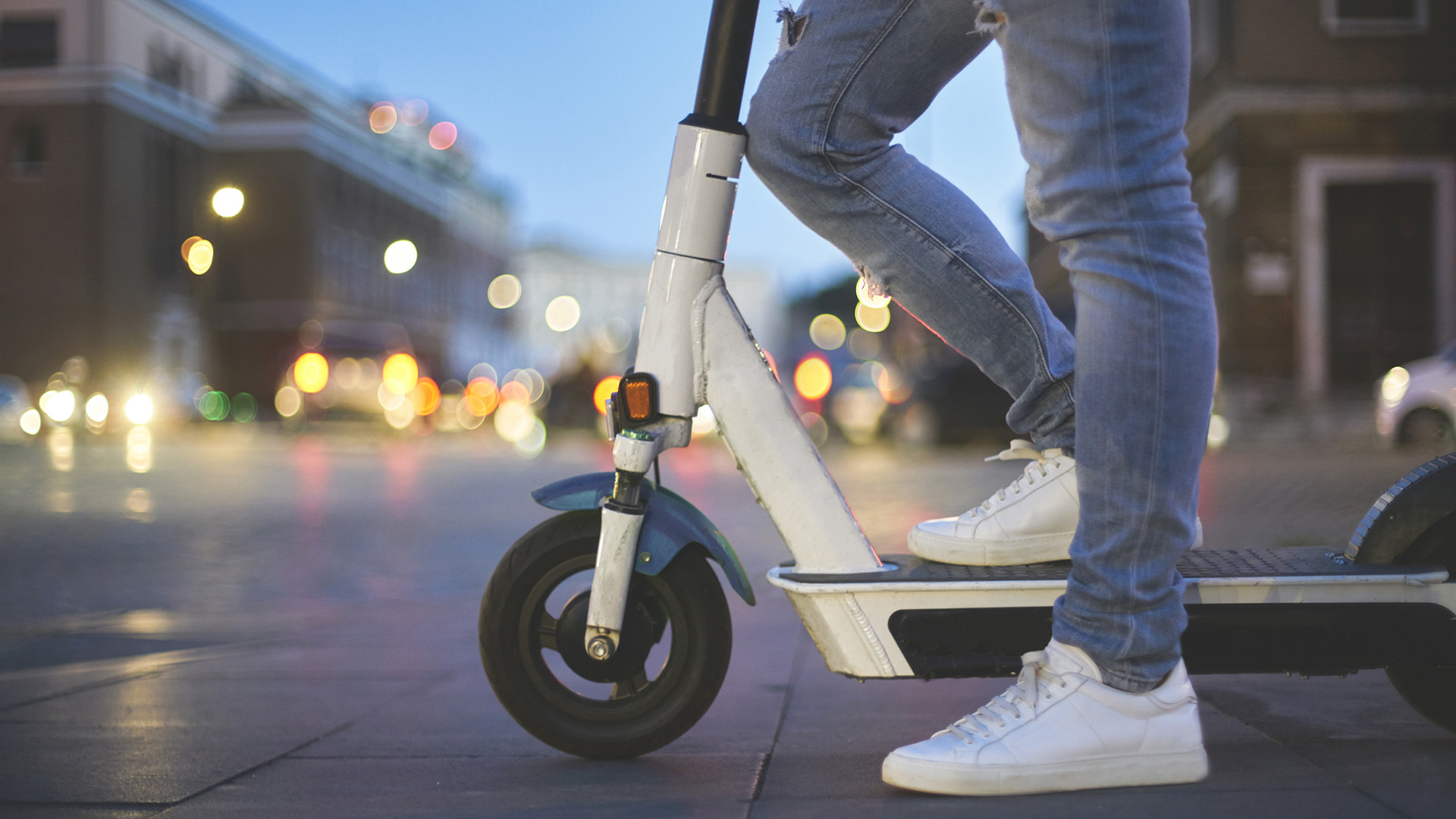

Especially if it’s your first time, choosing an electric scooter might seem like a formidable task. After all, unlike a car, e-scooters are fairly novel in the vehicle market, and there are a few considerations that might be new to you.
However, while terms like regenerative braking system and hill grade sound foreign to you, it’s actually easier than you might think. You just have to know, first and foremost, what it is that you’re looking to get out of it.
The best electric scooter for you isn’t necessarily the best one for everyone. Do you want one just to run errands or are you looking for something for your daily commute? Or maybe you need a robust one that can climb hills and glide across rugged terrain?
Once you’ve got that figured out, we’ll guide you through making the right choice below. You might not know much about e-scooters now, but we’ll make an e-scooter expert out of you yet.
Choosing the best electric scooter: how much should I spend?
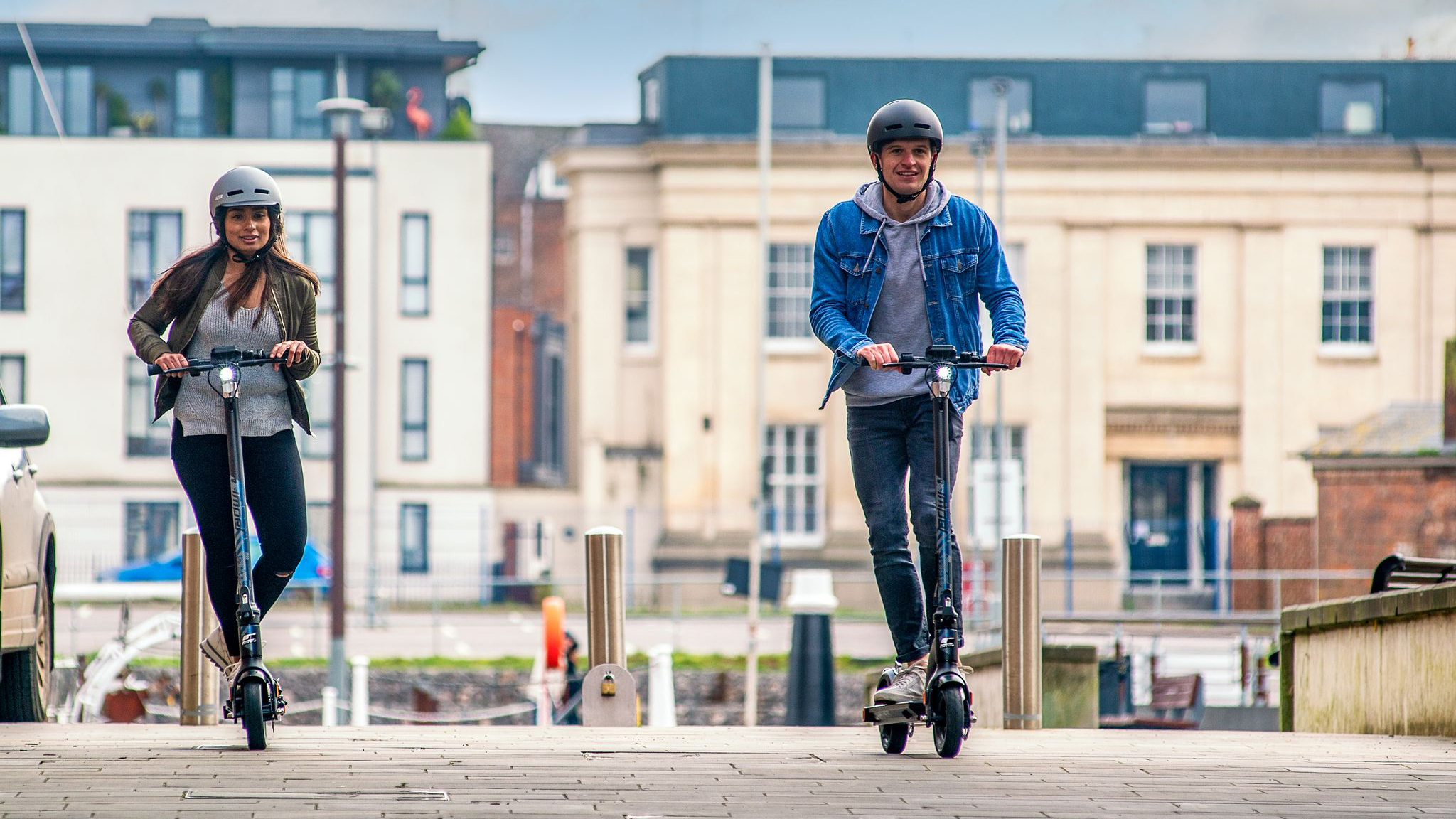
Your budget is the first thing you need to take a look at when choosing an electric scooter. You’ll find e-scooters across all price ranges – there are budget ones as low as $200/£200 and there are models that will set you back as high as $3,000/£3,000.
What you do need to know is this: as a general rule of thumb, the higher the price, the better quality an e-scooter is. However, opting for a well-known brand can come with a premium, and often there are lesser-known models that offer the same features and build for cheaper.
Budget offerings are never going to be as robust as their higher-priced counterparts. Similarly, those over $1,000/£1,000 usually offer the most robust motor and the most rugged build, but they’re more than what a typical e-scooter rider needs. There's no point spending a fortune if you don't need top-of-the-line features.
Sign up to the T3 newsletter for smarter living straight to your inbox
Get all the latest news, reviews, deals and buying guides on gorgeous tech, home and active products from the T3 experts
The best e-scooters for most people typically sit around the $500/£500 to $800/£800 mark – the pricier ones touting more features or offering more comfort – putting them under most people’s budget.
Choosing the best electric scooter: what size do I need?

Typically, electric scooters fall into two camps: lightweight consumer models and heavier commercial-grade models. A third would be toy scooters that are typically under $300/£300 and are not up to much more than backyard use.
Consumer models are sleeker and more compact. They’re designed with the modern commuter in mind, those folks who ride the scooter to and from train/bus stations and need something they can easily lift and stow away on public transportation. These sound like the most ideal option. After all, the more lightweight and compact, the better. Right?
The downside is that lightweight e-scooters are light because they have smaller batteries and motors. So, you’ll find that most lightweight e-scooters are less powerful and have a shorter range. The sleek, 23.2lb Ninebot KickScooter Air T15, for example, has a 12.4 mph top speed and a 9.3-mile max range and the 27.5lb Xiaomi Mi Electric Scooter can only get up to 15mph and will only take you up to 18 miles.
If you want something that goes faster for longer on a single charge, you’ll want a commercial-grade model. These sacrifice a bit of that lightweight and compact design for a more robust motor and a bigger battery, as well as a more sturdy build.
This doesn’t mean lugging around something that you can hardly lift, but they are more of a pain to lift and take up and down stairs or onto the subway. The payoff, of course, is that you can ride faster and travel much further on a single charge. Great examples of these are the Bird One and the Segway Ninebot MAX G30LP.
Choosing the best electric scooter: how fast can I go?

If your first instinct is to go for the fastest and baddest e-scooter on the block, take a step back right now. Unlike cars, electric scooters are not universally street legal, and many of the cities that do allow them on the road impose road limits.
In California, for example, e-scooter riders are not allowed to go over 15mph on public roads, which means that if you buy a pricey one that runs up to 30 mph, you’re essentially wasting your money. So, be sure to check your town/city, state, or country’s electric scooter rules first before you go for something that can go really fast.
That said, you’ll find blazing-fast daredevils that can go as fast as 50mph and you’ll find others that only have a top speed of 10mph. For something most practical, look at the 15mph to 18mph range. Not only are they the most common, but they also make sense for most people, especially commuters, errand runners, and recreational users.
Choosing the best electric scooter: range and charging
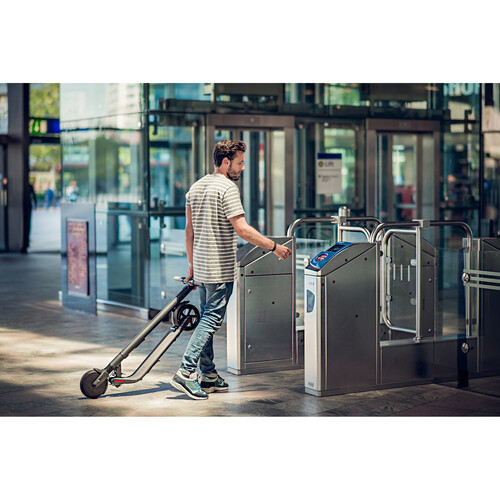
An electric scooter’s range relies on its battery, and the bigger a battery’s capacity, the longer its range is. That’s why most compact and lightweight e-scooters can’t go as far – because the smaller battery can only take you so far before you need to recharge – and why big and bulky e-scooters can take you up to 70 miles on a single charge.
Luckily, most of us don’t need a 70-mile range or even a 30-mile one. If you’re doing a daily 30-mile round trip commute on an e-scooter, you’re not just wasting a lot of time on your everyday commute, but you’re also likely risking chronic pain on your arms and legs as well as your lower back. Depending on how far you’re traveling daily, an e-scooter with a 25-mile or less range should be enough.
If you do get something that only has a 15-mile range on a single charge, you’ll be happy to know that some e-scooters offer fast charging. If the one you’re looking at doesn’t, these mid-range models typically take more or less six hours to get a full charge, which means that it’ll have more than enough to juice up while you’re sleeping.
Some of the more premium models typically come with a regenerative braking system as well. That simply means that these e-scooters recycle some of that energy used up from riding whenever you slow down or brake, sending that recovered energy back into the battery, giving it a bit more juice.
Choosing the best electric scooter: excellent braking saves lives

E-scooters have their share of advantages, but they come with their own set of perils as well. If you get into an accident while riding one, you don’t exactly have an airbag or a sturdy structure around you to take the brunt of the impact. So, when choosing an electric scooter, make sure to get one with an effective, reliable, and responsive braking system.
An excellent braking system could be what saves you from running into something solid and seriously injuring yourself, and it could also prevent you from harming others. When you’re shopping around for an e-scooter, you’ll see manufacturers name drop terms like disc, drum and hydraulic brakes and you’ll see e-scooters with a rear or foot brake, a front or throttle one, or both.
Obviously, a dual braking system, which means there’s a brake on each wheel, are better than a single one on the front or the back and most ideal for wet conditions. As for the different types of brakes, we don’t want to get into very specific details, but what you do need to know is that there are two main types – mechanical and electronic.
Mechanical brakes are further classified into three different kinds: disc brakes, drum brakes, and foot brakes. Of these, disc brakes are the best (followed by drum brakes) and have three varieties: hydraulic (the smoothest and best of disc brakes), semi-hydraulic, and mechanical (most common). However, bear in mind that scooters with disc brakes tend to be more expensive.
There’s also what’s called a regenerative braking system, which electrically creates resistance to motor rotation to stop. It’s designed to regain some energy spent, sending it back to the battery, but it has low stopping power and is usually not used on its own. That’s why you often see e-scooters with this type of braking system using another type. The Segway Ninebot Max G30LP, for example, has a front wheel mechanical brake and rear wheel E-ABS electronic brake.
Many e-scooters, especially the budget and mid-range ones, do not really say specifically what type of braking system they use. So, the only way you can really know is to read consumer and publication reviews. It’s also good to test the brakes out yourself so you know for sure that the brakes work as they should and the e-scooter you’re looking at is able to stop on a dime.
Do your research before you hit that buy button as some electric scooter manufacturers do not accept returns of used products.
Choosing the best electric scooter: comfort is key

Comfort is key when choosing an electric scooter, especially if you plan on using it for your daily commute. Even a 25-minute ride on a higher-end e-scooter with great shock absorption can be fatiguing on your arms, legs, feet, and hands.
Even if you don’t anticipate traveling on rugged or bumpy roads, you’ll want to invest in something that has a comfortable deck to stand on, preferably with something on it that limits fatigue, a robust structure, and excellent suspension.
Tires are key here too. Larger pneumatic tires (nine-inches or bigger) are great options, as they can handle cracks, small potholes, and unpaved sections better. Solid tires may avoid punctures but you'll feel every bump.
Consider the throttle and handles as well. You’ll be gripping them for the entire duration of the ride, after all, and you need something that gives you great grippage as well as great comfort.
Unfortunately, most budget electric scooters aren’t the most comfortable for longer rides. Most of them do not have spacious decks or a frame that minimizes vibrations or tires big enough and suspension effective enough to help dampen impacts and shock impulses.
If you are on a tight budget, at least choose one that offers a couple of these features. You might not get the most comfortable and luxurious ride, but hopefully, they’ll help minimize fatigue and muscle pain.
Choosing the best electric scooter: extra features
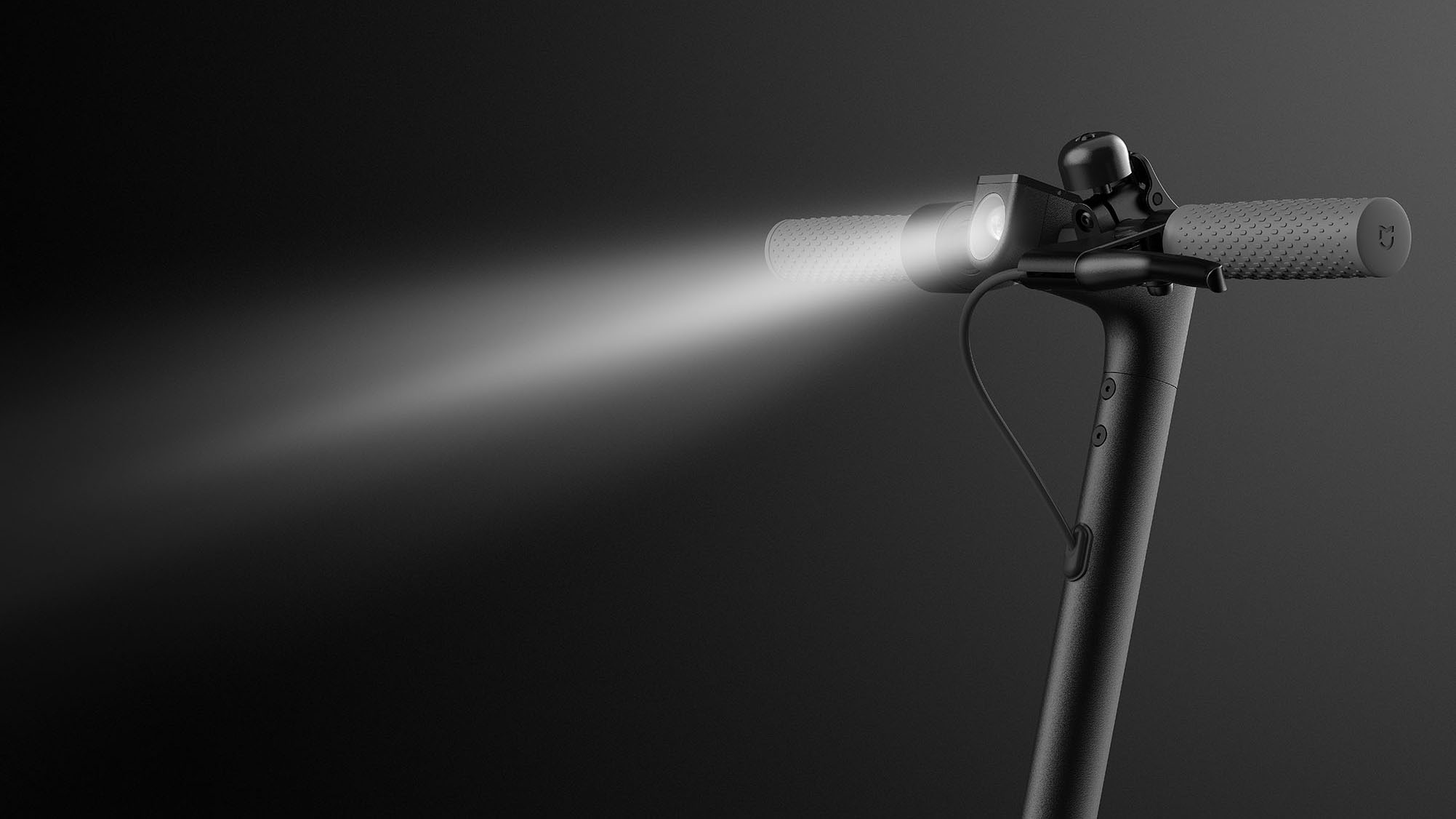
On top of the main features, many e-scooters have additional smart functions, such as an anti-theft lock, riding modes, and even LED ambient light colors via their app.
While built-in lights and reflectors come standard with most e-scooters, other features such as ride modes, cruise control and app controls can vary. Most also offer some water- and dust-proofing. The more robust ones, however, come with a higher IPX rating. If you live in a wet area, you’ll want one with an IPX5 or higher.
A handful of e-scooters come with an interchangeable battery, so that you can remove it to charge. The idea is that you can leave your scooter locked up outside to avoid lugging it up the stairs, or invest in a second battery unit so you can swap it out or bring an extra one on longer rides. This is handy if you pick a lighter model with a limited range.
Finally, if you live or commute to an area with high incidents of theft, you might want to invest in an e-scooter with a reliable anti-theft system. Bear in mind that not all models have it, and mid-range ones have varying degrees of it. Don’t worry; you don’t have to spend $1,000/£1,000 or more to get one that comes with robust security. You’ll find mid-range models that combine anti-theft locking and an alarm with smart tracking so that you have a better chance of finding your vehicle if it gets stolen.
Ready to pick your scooter? Take a look at the best electric scooters in our handy buying guide.
Michelle Rae Uy is a tech and travel journalist, editor and photographer with a bad case of wanderlust. She is a regular contributor for IGN, TechRadar and Business Insider, and has contributed to Thrillist, Paste Magazine, Nylon, Fodor's and Steve's Digicams. Living mainly in California with her adorable cats, she splits her time between Los Angeles, London and the rest of the world.
-
 Build unshakeable core strength with a kettlebell and these three exercises
Build unshakeable core strength with a kettlebell and these three exercisesAdd this to the end of your workout to fire up your midsection muscles
By Bryony Firth-Bernard Published
-
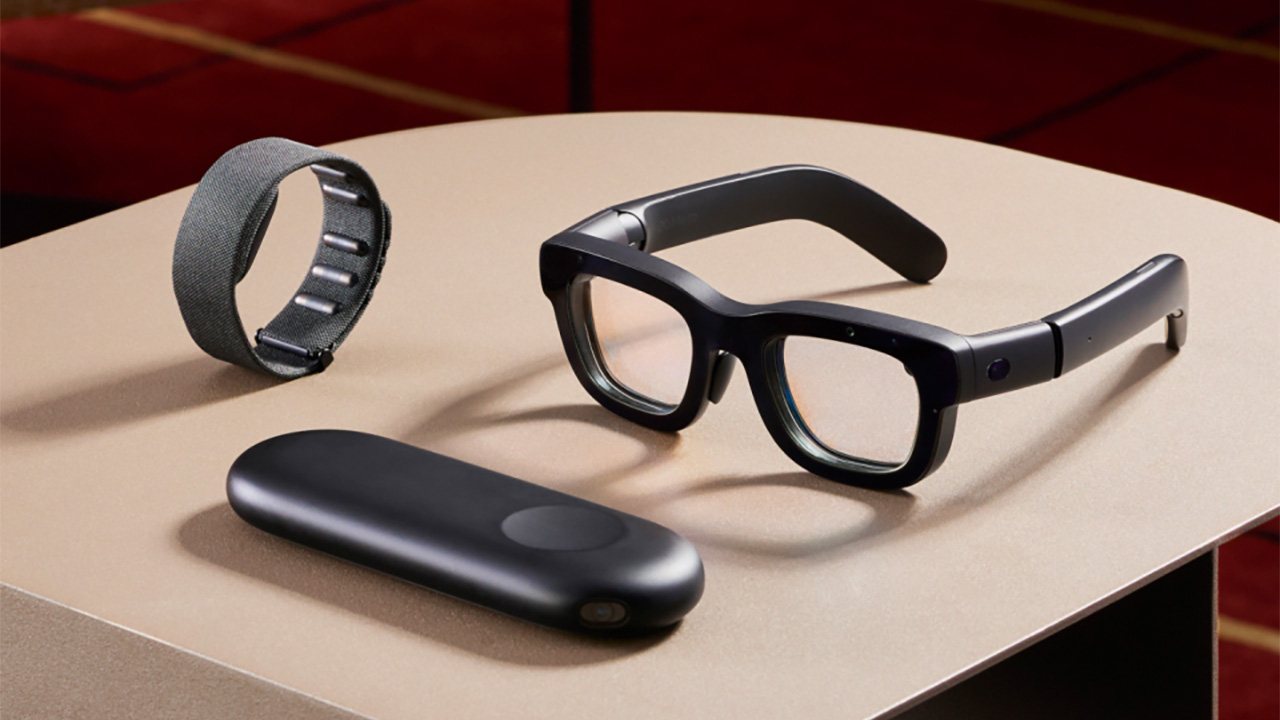 The next big tech battlefield is AR Glasses – and Apple is ready to fight
The next big tech battlefield is AR Glasses – and Apple is ready to fightTim Cook is said to "care about nothing else"
By Sam Cross Published
-
 The Lambretta Elettra electric scooter is a slick slice of retro-futuristic goodness
The Lambretta Elettra electric scooter is a slick slice of retro-futuristic goodnessHas all the Mod cons
By Leon Poultney Published
-
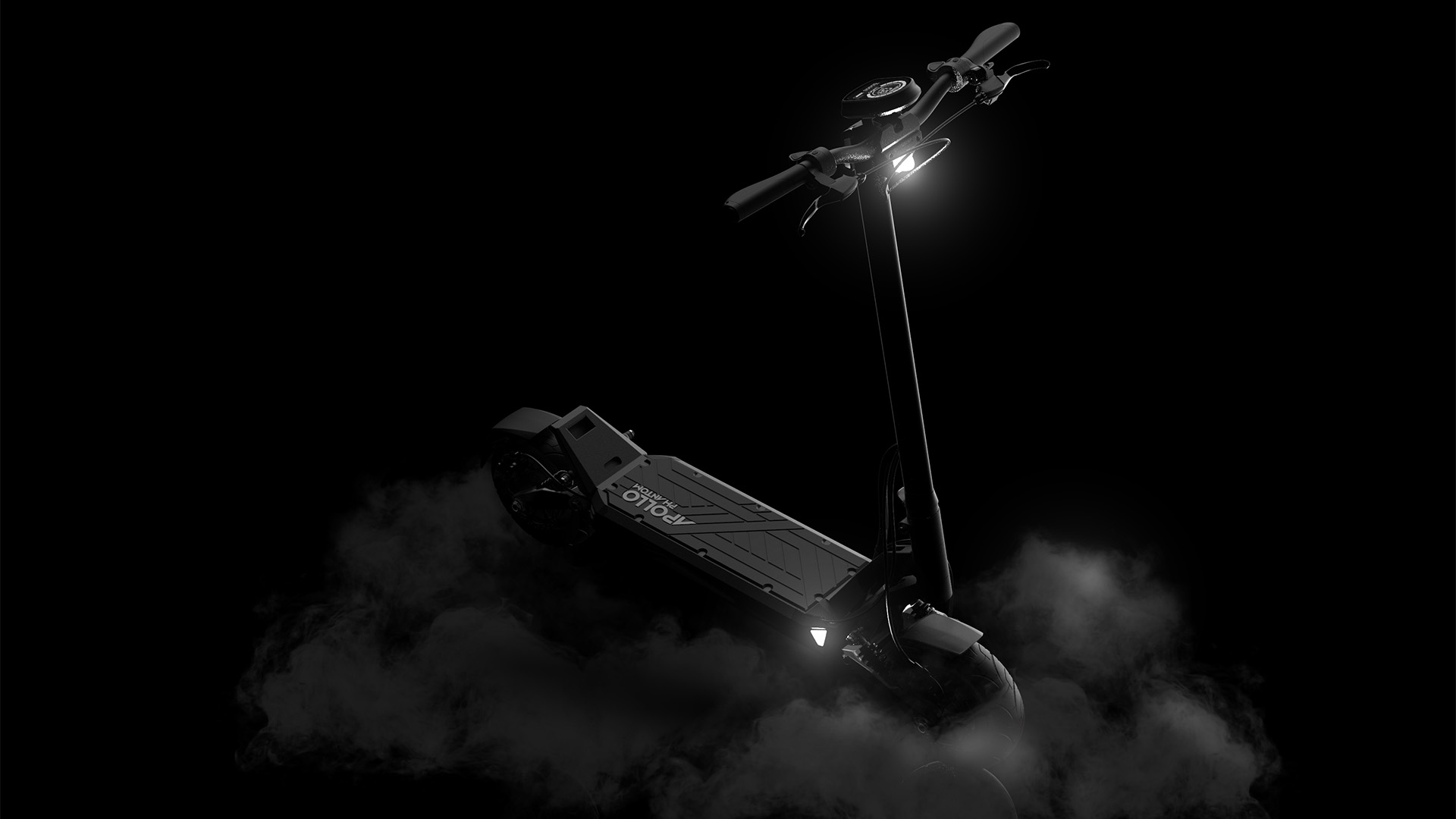 This high-performance electric scooter is off the charts
This high-performance electric scooter is off the chartsWith dual 1200W motors and quad suspension, the Apollo Phantom V3 is not your average electric scooter
By Mat Gallagher Published
-
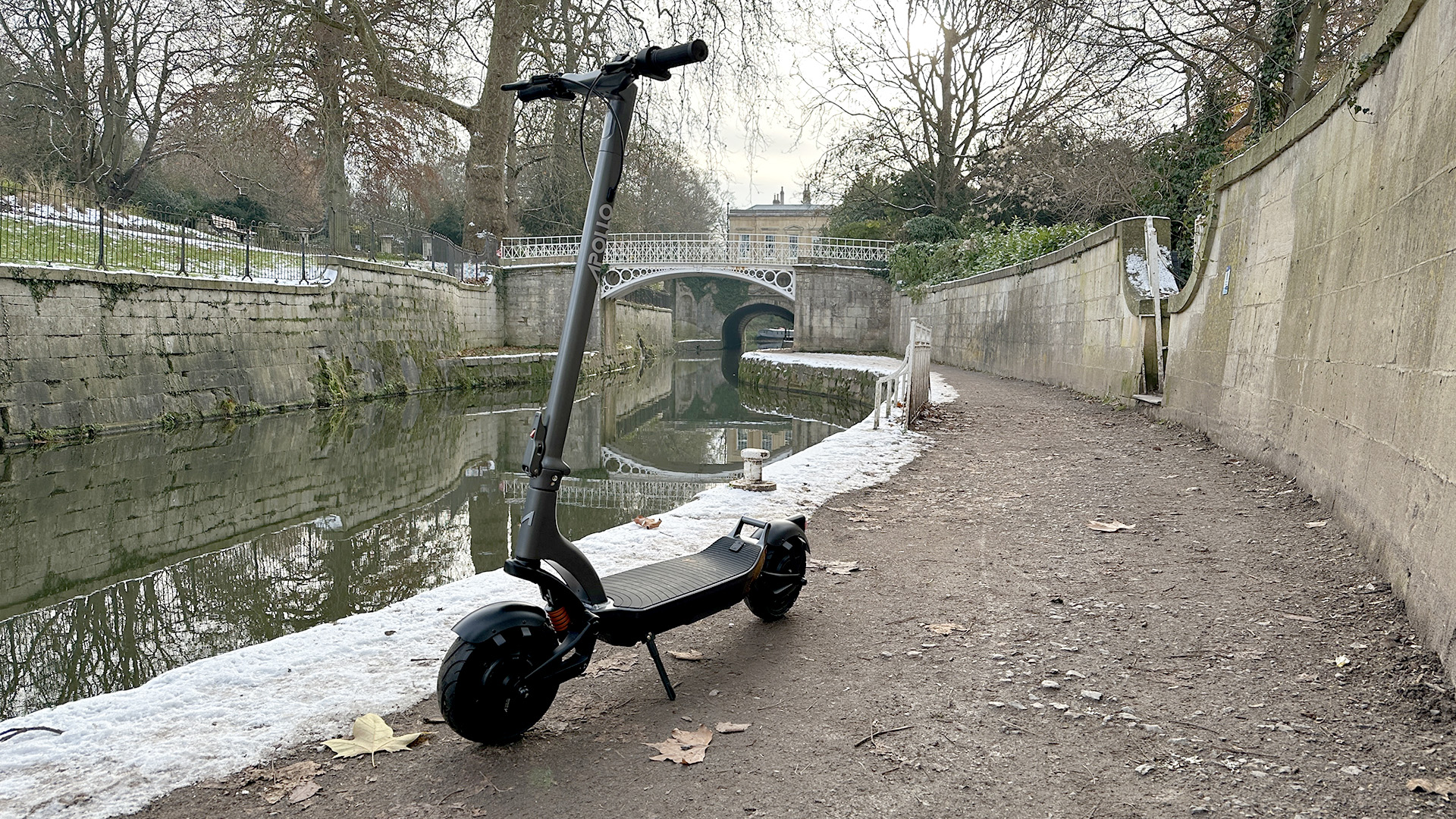
 Apollo City 2022 Pro review: the top dog of electric scooters
Apollo City 2022 Pro review: the top dog of electric scootersThe City Pro is the more powerful electric scooter model that can climb steeper and go longer to cope with any city commute – as long as you don’t have to carry it too far
By Mat Gallagher Last updated
-
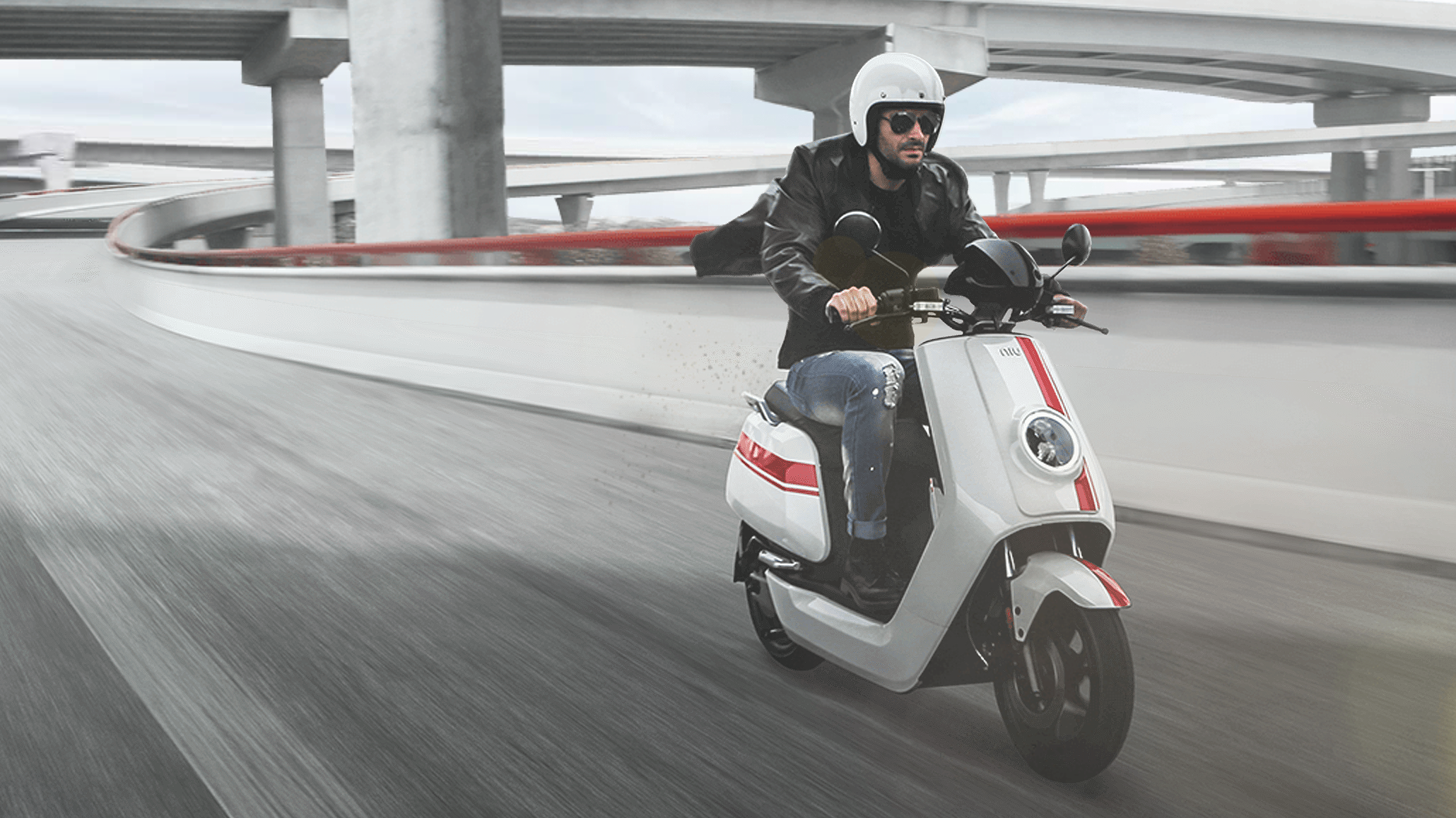 NQi GTS review: a futuristic electric scooter that offers proper punch
NQi GTS review: a futuristic electric scooter that offers proper punchWith a top speed of 50 mph, good range and plenty of features, the NQi GTS is a top e-moped choice
By Robert Jones Published
-
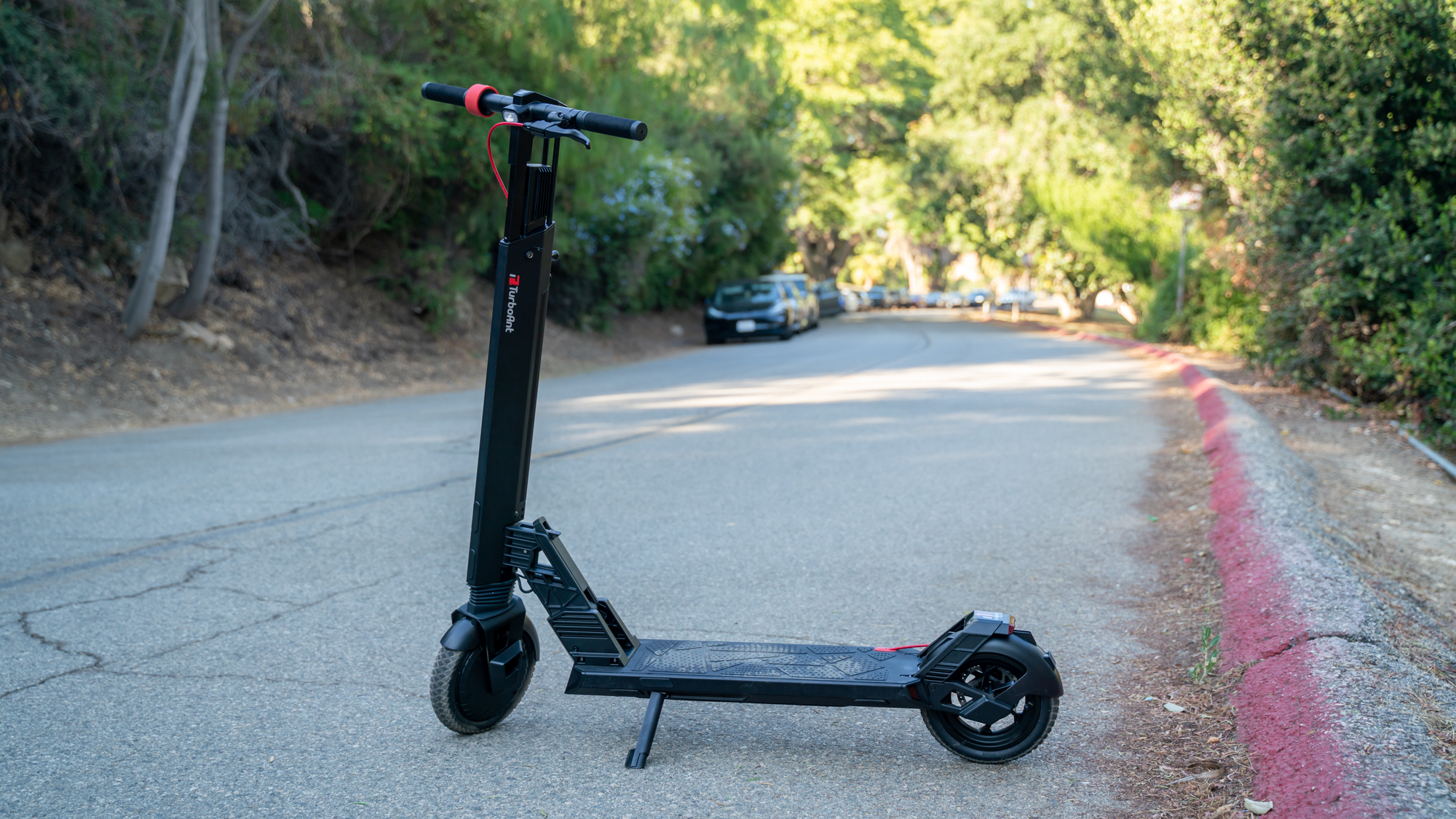 TurboAnt V8 Dual-Battery e-scooter review: a robust, long-range electric scooter for long commutes
TurboAnt V8 Dual-Battery e-scooter review: a robust, long-range electric scooter for long commutesTurboAnt is back, this time with a long-range e-scooter with a spacious deck, a powerful motor and a 50-mile range.
By Michelle Rae Uy Last updated
-
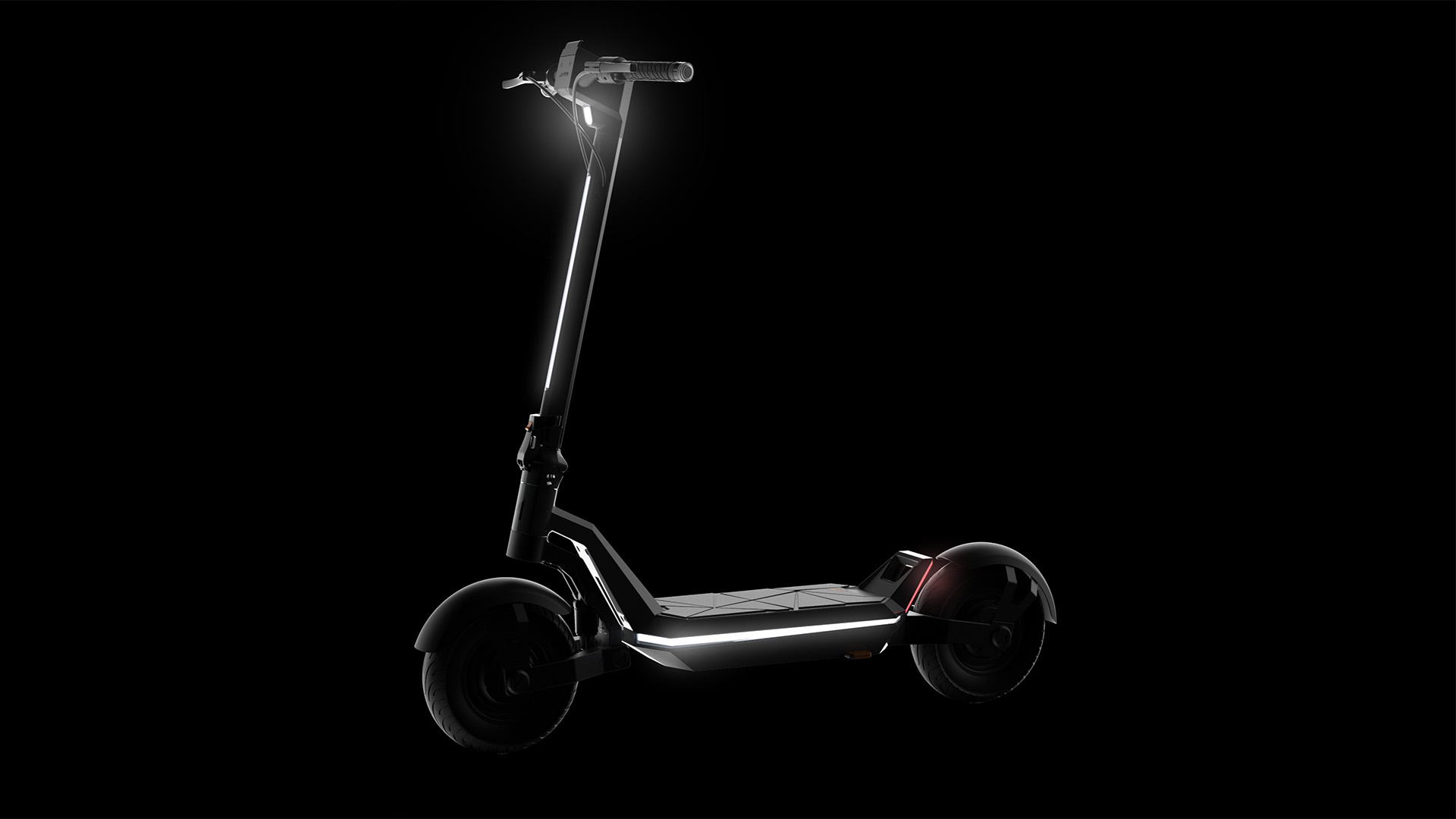 The Apollo Pro hyper scooter is very smart and very fast
The Apollo Pro hyper scooter is very smart and very fastElectric scooters are becoming smarter, faster and longer-range – the Apollo Pro is a vision of the future
By Mat Gallagher Published
-
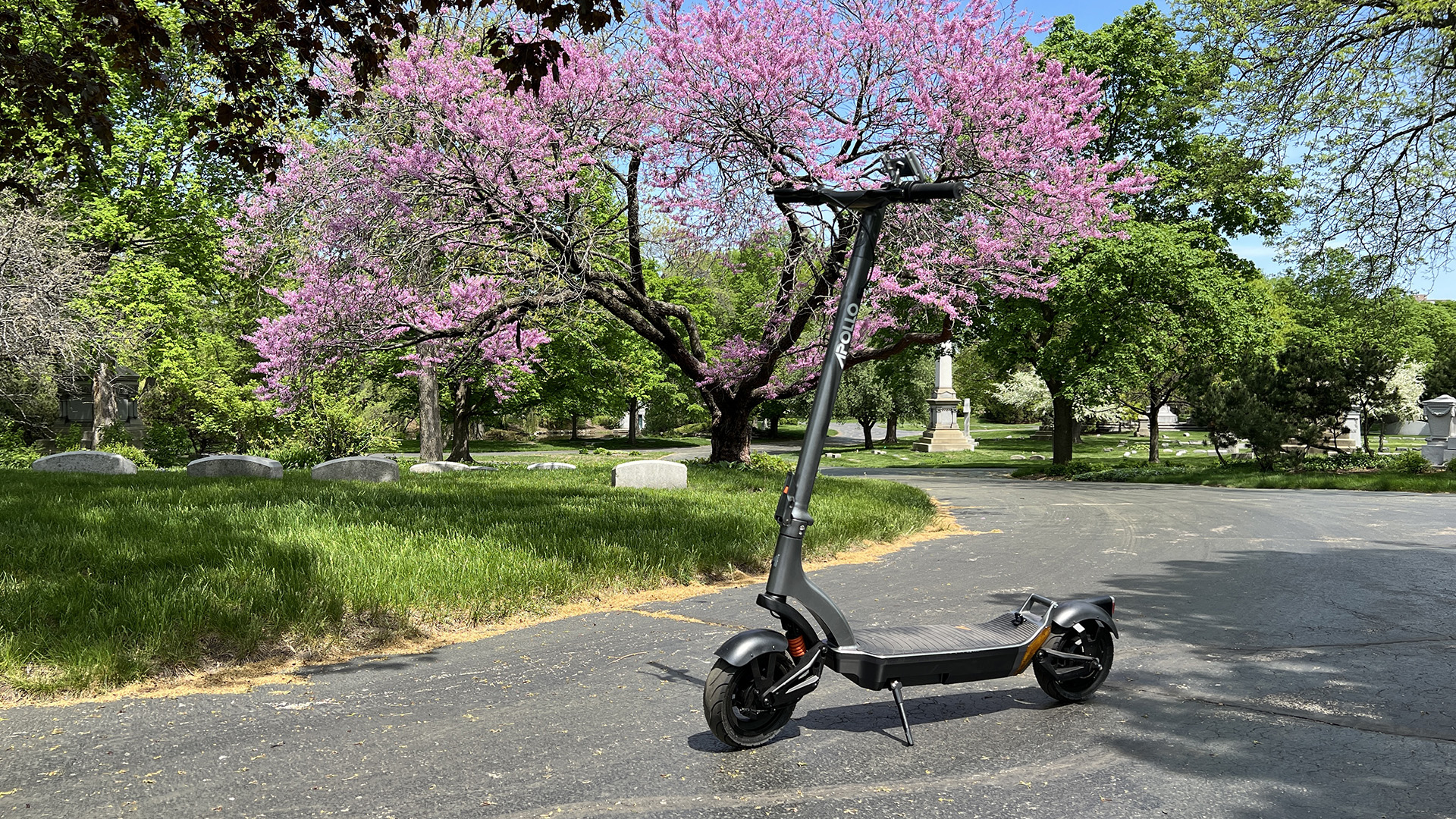 Apollo City 2022 electric scooter review: goes like a rocket
Apollo City 2022 electric scooter review: goes like a rocketFinally, a scooter that feels like it's made for city streets, the Apollo City 2022 is everything you'd hope it would be
By Mat Gallagher Published
-
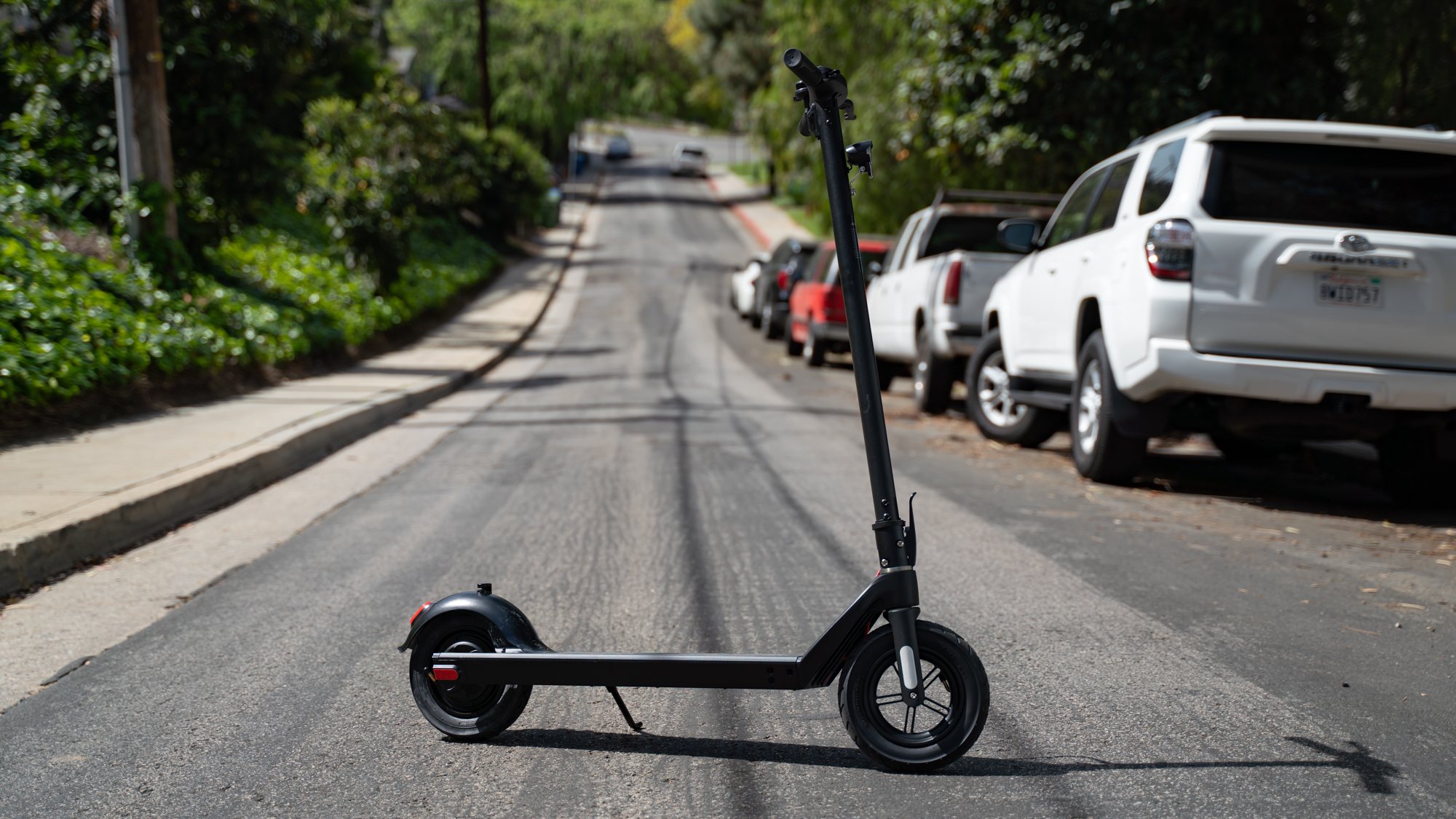 TurboAnt M10 commuting e-scooter review: light and fast scooting
TurboAnt M10 commuting e-scooter review: light and fast scootingLight in weight but heavy in performance, the TurboAnt M10 may be the company’s budget model, but it sure packs a punch
By Michelle Rae Uy Last updated